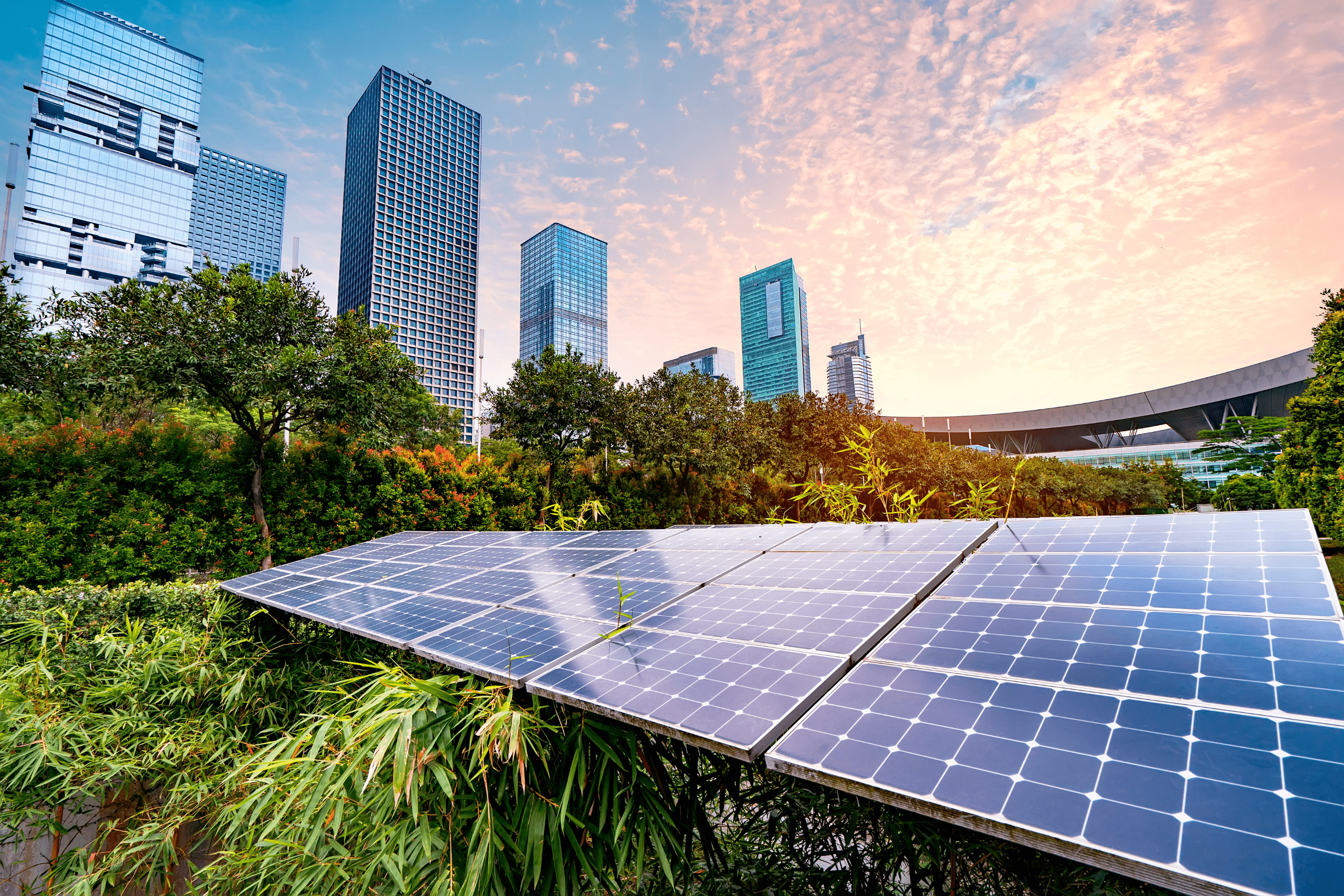Tag: Environmental Architecture
Whenever we design a project here at Munday + Cramer, we have environmental architecture in mind. It’s part of our long-standing commitment to sustainable practices. Gone are the days where projects would be completed without a moment’s thought for the environment. Nowadays, environmental architecture forms as big a part of a project’s overall design as anything else. At our practice, we’re continually looking to see where we can introduce more sustainable practices across all of our services. When infrastructure and buildings play as big a part in the world as they do, we can’t afford not to be more environmentally conscious.


